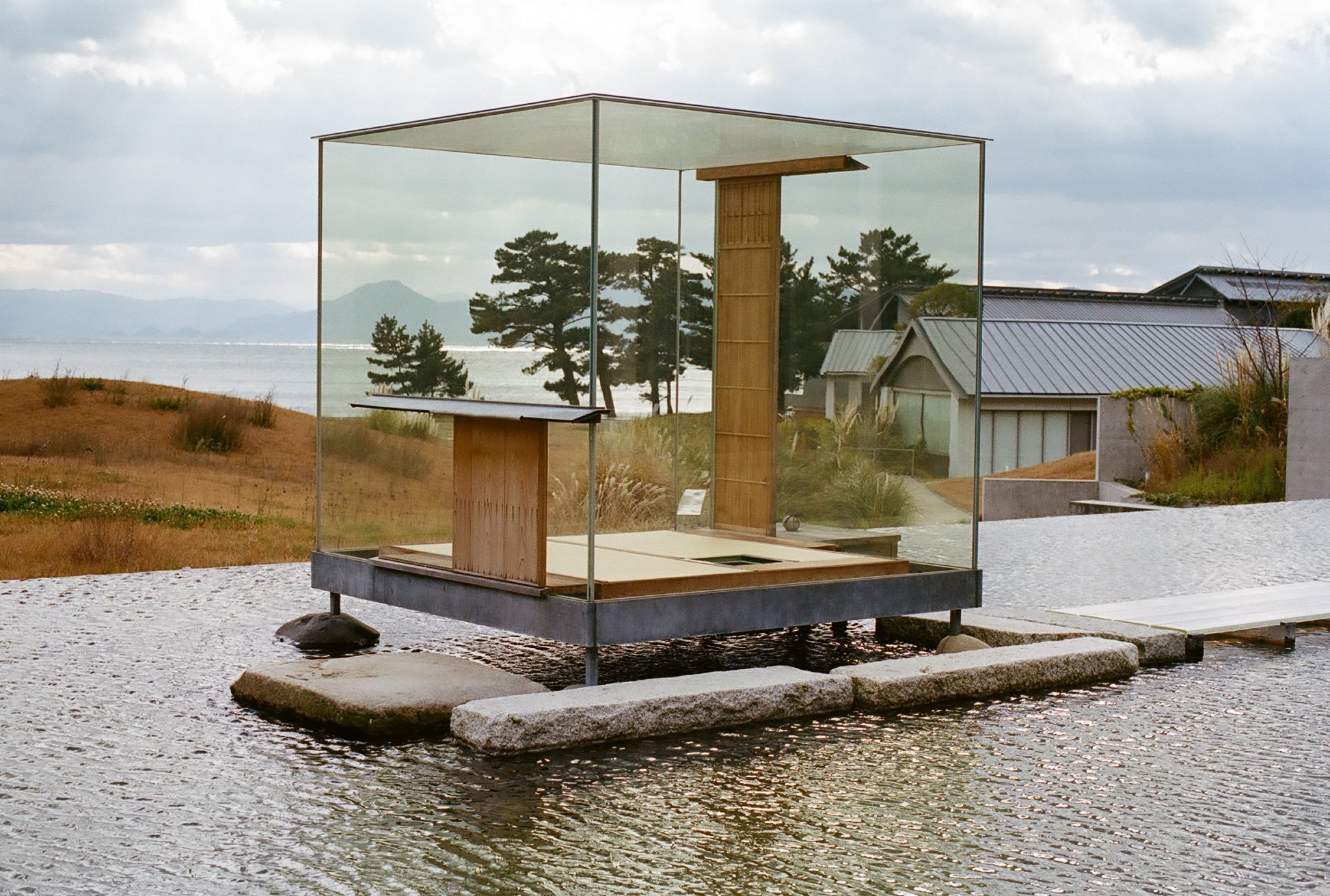Tai-an to Today: The Evolution of the Japanese Tea House
“I am never tired
Of this simple straw-thatched hut.
Wrought of plain round wood
Does its middle pillar stand
Just exactly to my mind”
- Sen no Rikyu
The Tai-an tea house, built on the grounds of Kyoto’s Myōki-an temple in 1582, consists of only two tatami mats: one for the host and the other for their sole guest. This humble seating arrangement is, rather than a restriction of cost or labor, by the architect’s – Sen no Rikyu’s – own design. More specifically, he crafted the space according to the tenets of Wabi-cha, a branch of aesthetics valuing simplicity above all else. From its mud walls to its paper screen windows, all aspects of Tai-an are markedly plain – even compared to other chashitsu (tea rooms) of the time. But despite such unassuming quarters, it’s here that Rikyu would go on to develop the fundamentals of Japanese tea into chanoyu as we know it today.
Now, that isn’t to say the art of tea remains unchanged after all this time. While the rules and etiquette are heavily steeped in tradition, the ceremony’s setting has been subject to its fair share of experimentation. Take Hiroshi Sugimoto’s Mondrian, for instance. True to its name – an homage to the late Dutch painter – this transparent cube at first appears as a work of abstract art. Upon closer inspection, however, it has all the makings of a conventional chashitsu. The tatami mat floor, a hearth for boiling water, and sliding panels through which a guest and host may enter from either side. Sugimoto attributes these features to a “quest for abstraction” – the same one begun by Sen no Rikyu so long ago.
Another evolution of the same idea can be found in Tokujin Yoshioka’s KOU-AN. Here, even the entrances have been made imperceptible, and the furnishings left out entirely. In place of a typical ikebana arrangement, KOU-AN’s crystal ceiling casts a rainbow into the room that when held, evokes the image of many-colored flowers. Yoshioka intends this to be a point of reflection for the participant – in how they understand the origins of chanoyu, but also its inextricable relationship with nature.
Perhaps most radically of all, both KOU-AN and Mondrian offer exterior seating for an audience – transforming the private exchange between guest and host into one of public performance. Guests are invited to share in the moment, looking at once into the room and beyond it, to a backdrop of a natural world more ancient and established than tea itself.
Of course, contemporary chashitsu need not always subvert tradition. A handful of Sengoku-period constructions like Tai-an can be found in temples and gardens across Japan, ushered into the present day through careful preservation. Others, like Kengo Kuma’s Teahouse, exist somewhere in between, pulling from design trends young and old. No matter the approach, it stands as a testament to the way of tea that, centuries later, there is still value in these sacred spaces, novel angles from which to view them, and – with each cup shared – something to discover.




